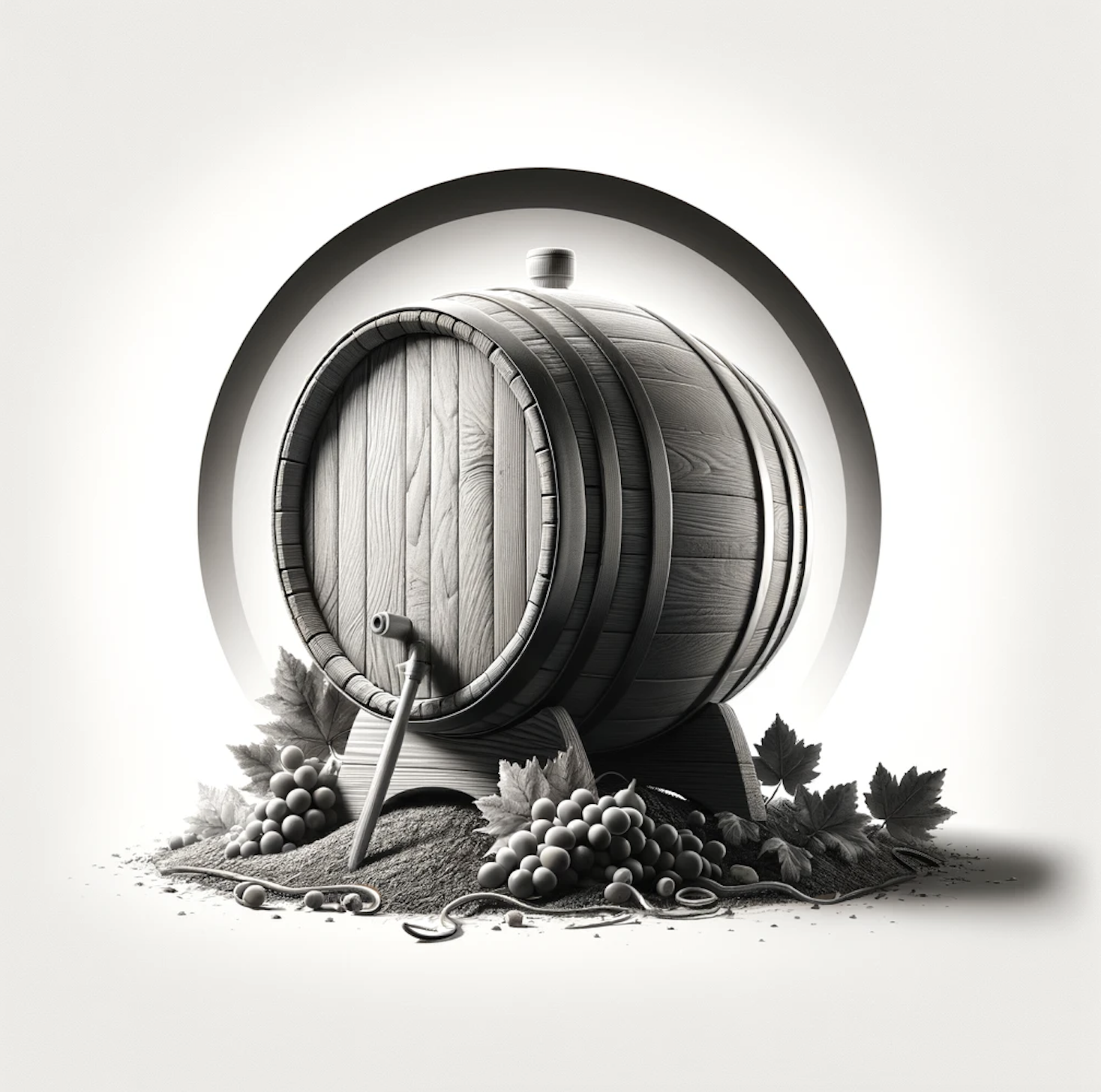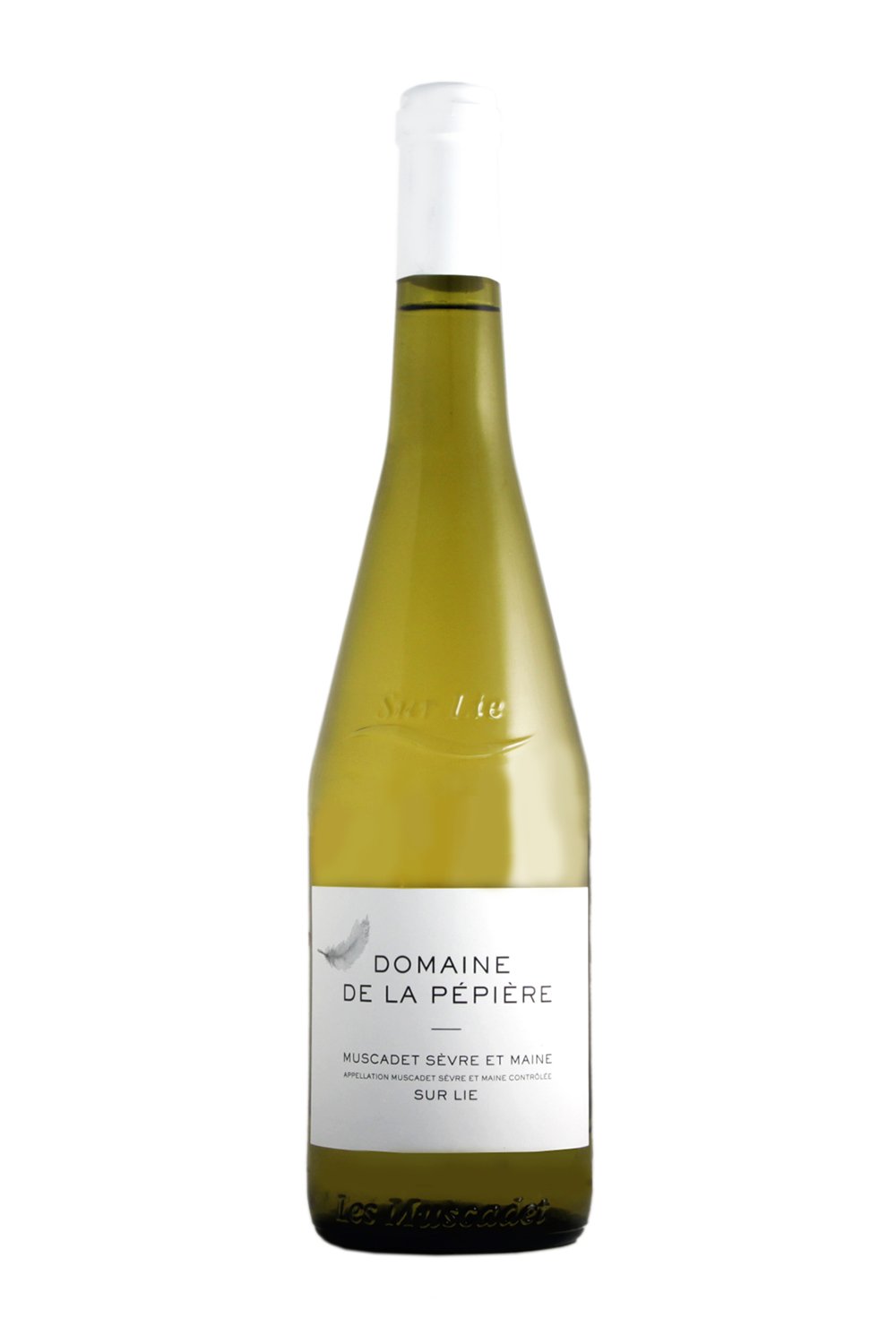What Should Every Sommelier Know About Sur Lie Aging?
Sur - lie aging, a technique with roots stretching back to ancient Rome, as documented by Cato the Elder, remains a cornerstone of modern winemaking. This method, where wines are aged on their leaves (the dead yeast cells), enriches the wine with complexity, texture, and depth.
For sommeliers, an intimate knowledge of sur lie aging—spanning its historical roots, key wine regions, notable producers, and ideal grape varieties—can transform wine presentation into an enlightening experience.
Let's delve into the specifics that every sommelier should weave into their narrative when curating and recommending sur lie aged wines.
The Ancient Technique Across Regions and Grapes
Loire Valley, Muscadet (Melon de Bourgogne): The Loire Valley's Muscadet region stands out for its sur lie aging tradition, particularly with the Melon de Bourgogne grape. Wines from Domaine de la Pépière exemplify how sur-lie aging can elevate the wine's texture and flavor profile, offering freshness, minerality, and a subtle creaminess that pairs exceptionally well with seafood.
Champagne: The sparkling wines of Champagne undergo a unique form of sur lie aging during the secondary fermentation in the bottle. This process contributes to the Champagne's complexity, finesse, and signature bready notes. Houses like Bollinger and Krug are renowned for their mastery of lees aging, producing Champagnes with unparalleled depth and character.
The Art of Recommendation and Pairing
When suggesting sur lie aged wines, sommeliers should highlight the wine's enhanced qualities due to the lees contact. For example, the creamy texture and complex aromatics of a Burgundy Chardonnay aged sur lie make it a superb match for poultry in creamy sauces or rich seafood dishes like lobster bisque. On the other hand, the crisp acidity and minerality of a Muscadet Sèvre et Maine sur lie cut through the richness of shellfish, making it an impeccable choice for oysters or scallops.
The Storytelling Aspect
Incorporating the story of sur lie aging, from its ancient Roman origins to its present-day application across the world's esteemed wine regions, adds a layer of intrigue and appreciation. This narrative educates the diner and enriches the dining experience, connecting the wine's characteristics to its historical and geographical roots.
Key Aroma Compounds from Sur Lie Aging
Autolytic Aromas: Resulting from the breakdown of yeast cells during the aging process, autolytic aromas are reminiscent of bread, brioche, yeast, and dough. These are prominent in wines that have spent considerable time on their lees, such as Champagne and certain high-quality white wines.
Nutty Aromas: Almonds, hazelnuts, and marzipan notes can emerge from sur lie aging, adding depth and richness to the wine's aroma profile.
Creamy and Buttery Notes: The interaction between the wine and lees can introduce creamy, buttery, or dairy-like aromas, enhancing the wine's complexity and mouthfeel. This is often complemented by a silky or velvety texture in the mouth.
Fruit Preservation: Sur lie aging can help preserve and even enhance the freshness of the fruit aromas in wine, leading to a more nuanced expression of fruit character, with apple, citrus, and stone fruit notes becoming more pronounced and integrated.
Recognizing Sur Lie Aged Wines as a Sommelier
Assess the Complexity: Sur lie aged wines typically exhibit a greater complexity of aroma, blending fruit, yeast, and secondary notes seamlessly. Recognizing this balance is key to identifying wines aged using this method.
Identify Autolytic Characters: Look for the distinctive bread, brioche, or yeast notes that indicate autolytic processes. These are hallmark characteristics of sur lie aging and are especially prominent in wines like Champagne and traditional method sparkling wines.
Evaluate Mouthfeel: Wines aged sur lie often have a more pronounced texture, feeling creamier or more substantial on the palate. This textural enhancement is a direct result of the lees contact.
Consider the Wine's Origin: Knowing which regions and producers commonly use sur lie aging can help in identification. For example, Muscadet from the Loire Valley and Chardonnays from Burgundy are traditionally aged sur lie, so wines from these areas might exhibit related characteristics.
Taste Regularly: Familiarity with the specific qualities of sur lie aged wines comes from tasting a wide variety of them. Regular tasting allows sommeliers to refine their palate and recognize the subtle nuances that sur lie aging imparts.
Conclusion: The Sommelier's Role in Reviving Ancient Traditions
For sommeliers, embracing the story and technique of sur lie aging is not just about offering wine; it's about providing an experience that connects diners with the ancient world and the timeless pursuit of winemaking excellence. Sommeliers can elevate their service by delving into the history, process, and pairing potential of sur lie aged wines, turning each recommendation into an educational journey and each pairing into a harmonious blend of past and present.


